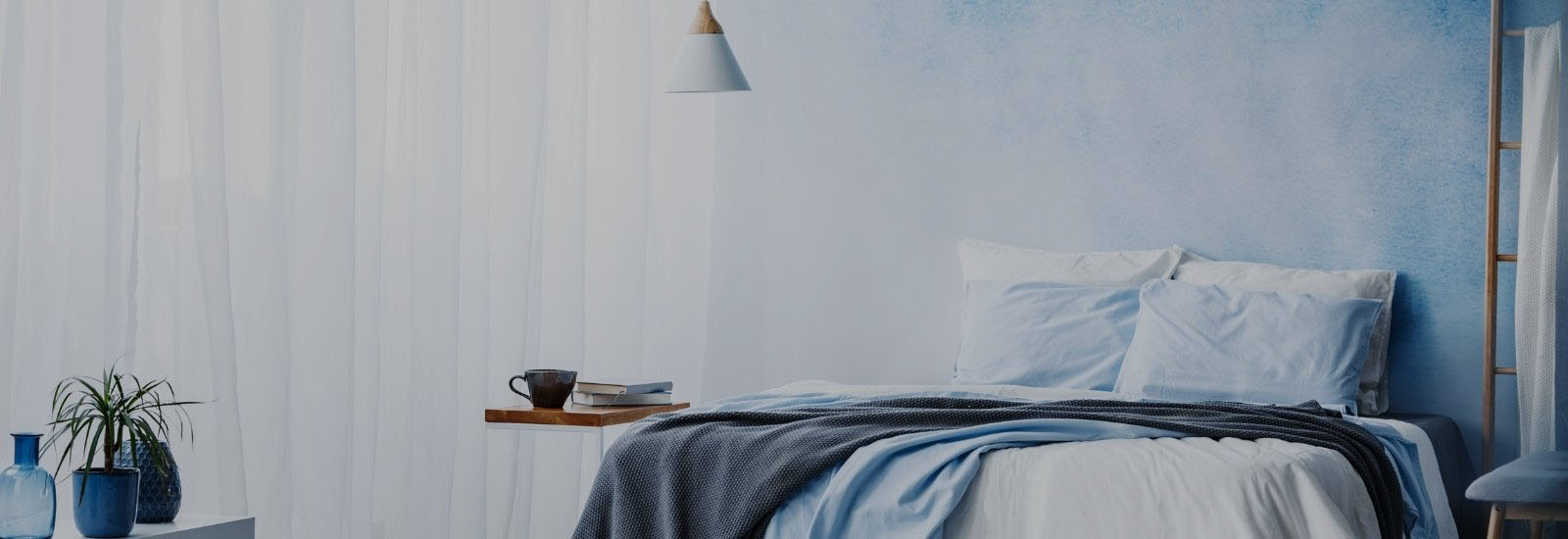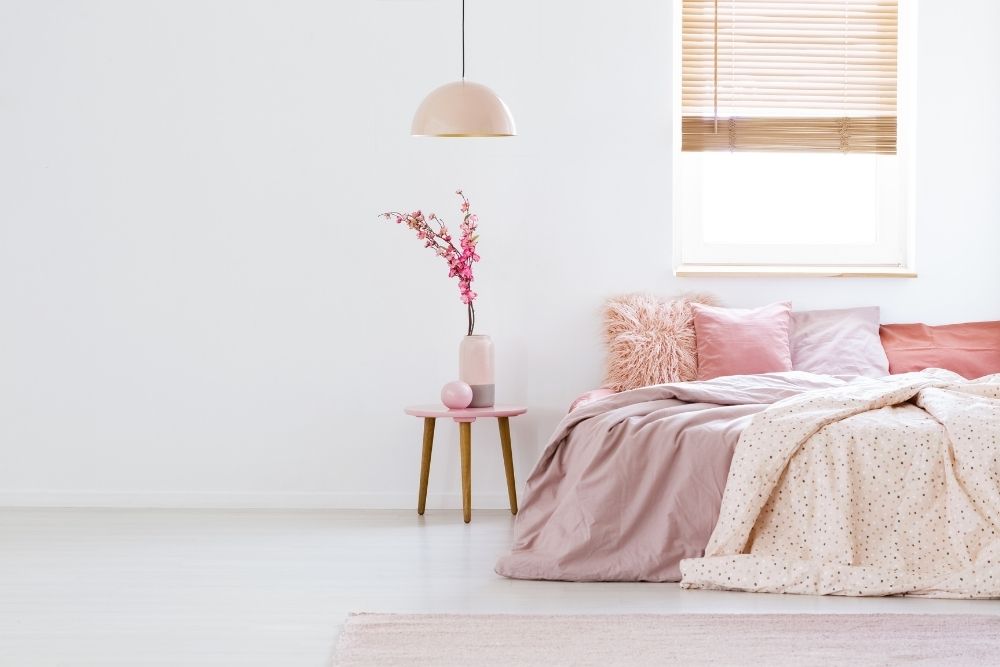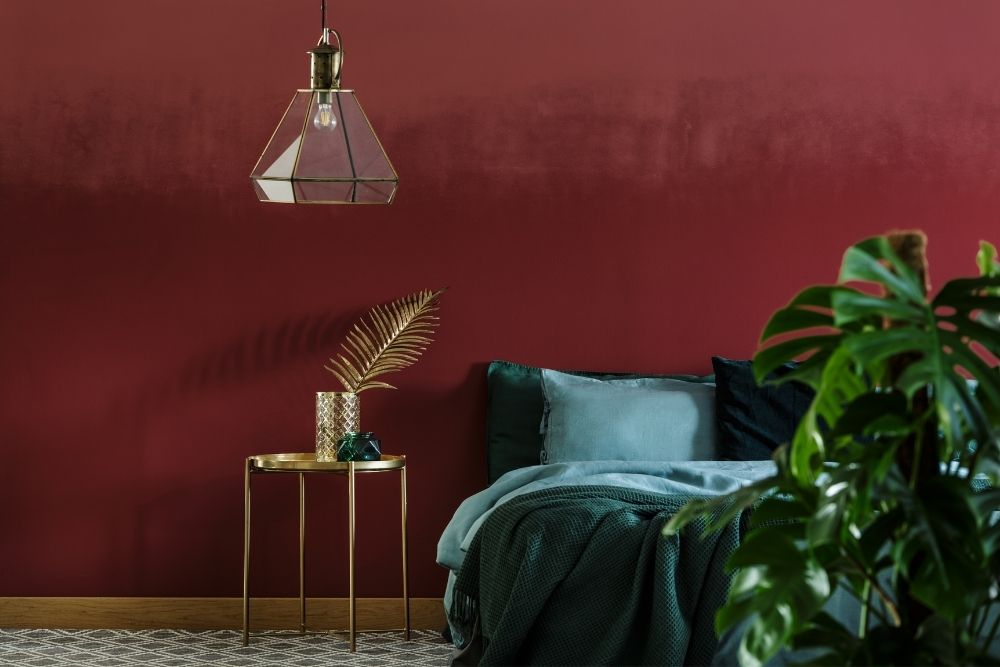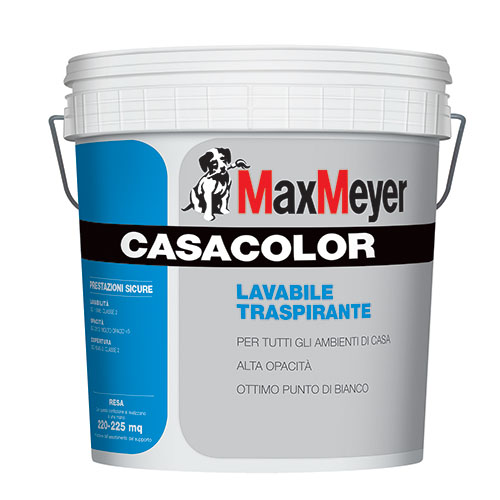
Bedroom
BEDROOM COLOURS THAT WILL NEVER GO OUT OF FASHION
The bedroom is the place of intimacy and relaxation. Therefore, the colour of bedroom walls should represent the emotions you want to feel in it.
Most people tend to use light colours in their bedrooms, but there’s no reason why you can’t veer towards deeper, warmer colours. Personal taste is not the only factor to consider when choosing the right wall colour. Whatever your choice may be, make sure you always harmonise the colour of the walls with the existing decor and the rest of the home.
NEUTRAL COLOURS
Neutral colours are, of course, the safest choice. The most used are: ivory, black, grey, white and beige. These colours adapt to any furniture and inspire a sense of space, cleanliness and tranquillity. Neutral bedroom walls allow you to pick brighter colours for curtains and fabrics, creating a pleasant harmony.
PASTEL COLOURS
The subtle pastel colours that can create a soothing atmosphere are: light blue, lavender, light green, yellow and pink. A bedroom in pastel colours is very elegant, so get inspired by these soft and delicate shades.
LIVELY COLOURS
If bright colours make you happy and energetic, why not use them for your bedroom walls? Experiment with new plays of light using: coral, taupe red, dark green, navy blue and amber. These colours work great with furnishings of the same colour or with white, beige and ivory.


MATCHING COLOURS TO FURNITURE
Bedrooms typically contains only a few key pieces of furniture that need to be harmoniously matched with the wall colour.
Dark wooden furniture tends to work well with light colours, ranging from white to beige and ivory. Light-coloured furniture goes well with pastel hues and stronger colours such as coral, amber and green.
Contemporary, light-coloured, lacquered furniture is easier to combine with navy blue, dove red and bright yellow walls. To avoid creating clashes, remember to match your wall colour with the room’s overall decorative style.






